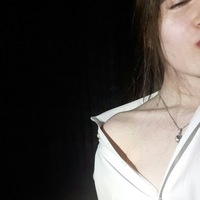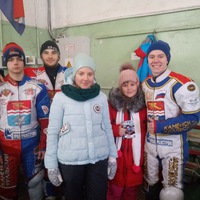
Пожалуйста помогите. найди реторические фигуры в произведении Толстого Кавказский пленник.
 0
0
 0
0
Ответы на вопрос
 Внимание! Ответы на вопросы дают живые люди. Они могут содержать ошибочную информацию, заблуждения, а также ответы могут быть сгенерированы нейросетями. Будьте внимательны. Если вы уверены, что ответ неверный, нажмите кнопку "Пожаловаться" под ответом.
Внимание! Ответы на вопросы дают живые люди. Они могут содержать ошибочную информацию, заблуждения, а также ответы могут быть сгенерированы нейросетями. Будьте внимательны. Если вы уверены, что ответ неверный, нажмите кнопку "Пожаловаться" под ответом.

Ответ:
офицер Жилин,ещё там есть его товарищ - Костылин и дочь татарина Дина.
Объяснение:
я так делал
 0
0
 0
0

Rhetorical Figures in Leo Tolstoy's "The Caucasian Prisoner"
Leo Tolstoy's "The Caucasian Prisoner" is a literary work that explores various themes and employs different rhetorical figures to convey its message. While I couldn't find specific examples of rhetorical figures in the search results, I can provide you with a general overview of some common rhetorical figures that authors often use in their works.
1. Simile: A simile is a figure of speech that compares two different things using the words "like" or "as." It helps to create vivid imagery and enhance the reader's understanding. For example, if Tolstoy uses a phrase like "as brave as a lion," it would be an example of a simile.
2. Metaphor: Similar to a simile, a metaphor also compares two different things. However, it does not use "like" or "as" to make the comparison. Instead, it states that one thing is another. For instance, if Tolstoy describes a character as "a shining star," it would be a metaphor.
3. Hyperbole: Hyperbole is an exaggeration used for emphasis or dramatic effect. It involves overstating something to make a point. For example, if Tolstoy writes, "I've told you a million times," it would be an example of hyperbole.
4. Personification: Personification is a figure of speech in which human qualities are attributed to non-human entities. It helps to make the description more vivid and relatable. For instance, if Tolstoy describes the wind as "whispering secrets," it would be an example of personification.
5. Irony: Irony is a rhetorical figure that involves expressing something different from or opposite to the literal meaning. It often creates a humorous or sarcastic effect. For example, if Tolstoy writes, "What a beautiful day!" during a thunderstorm, it would be an example of irony.
These are just a few examples of rhetorical figures that authors use in their works. It's important to note that the presence of these figures in "The Caucasian Prisoner" would require a detailed analysis of the text itself.
 0
0
 0
0
Похожие вопросы
Топ вопросов за вчера в категории Литература
Последние заданные вопросы в категории Литература
-
Математика
-
Литература
-
Алгебра
-
Русский язык
-
Геометрия
-
Английский язык
-
Химия
-
Физика
-
Биология
-
Другие предметы
-
История
-
Обществознание
-
Окружающий мир
-
География
-
Українська мова
-
Информатика
-
Українська література
-
Қазақ тiлi
-
Экономика
-
Музыка
-
Право
-
Беларуская мова
-
Французский язык
-
Немецкий язык
-
МХК
-
ОБЖ
-
Психология
-
Физкультура и спорт
-
Астрономия
-
Кыргыз тили
-
Оʻzbek tili

























